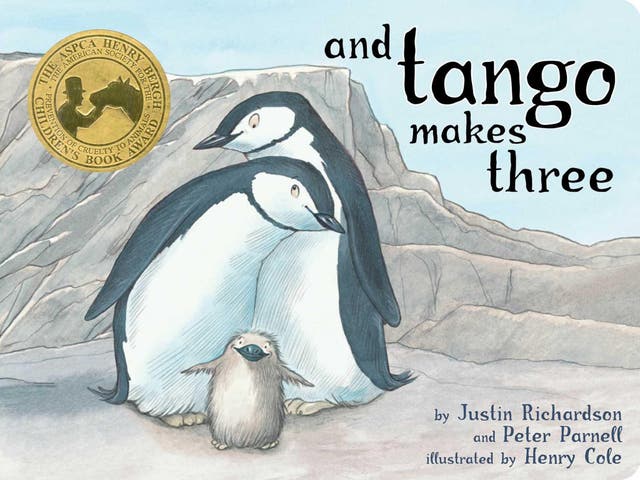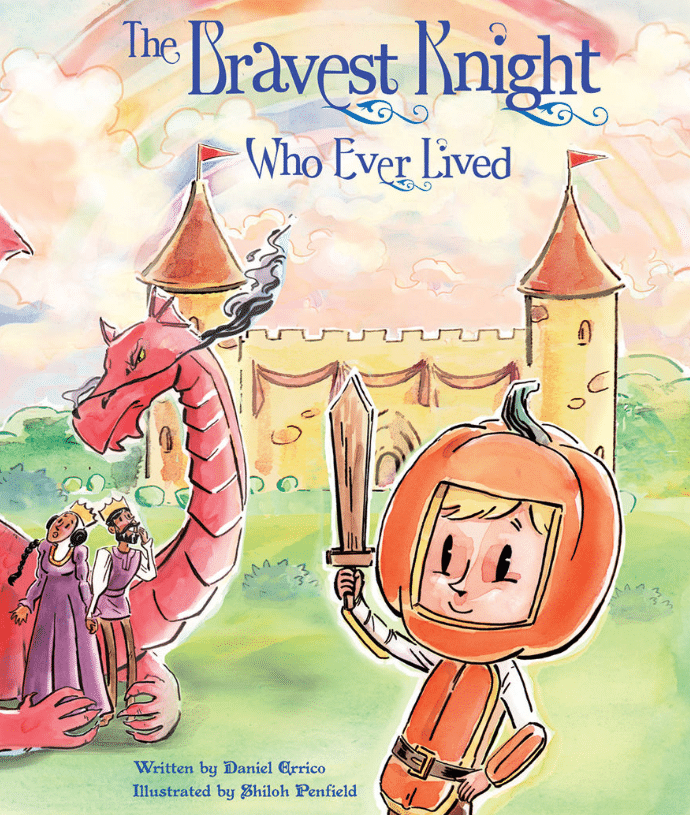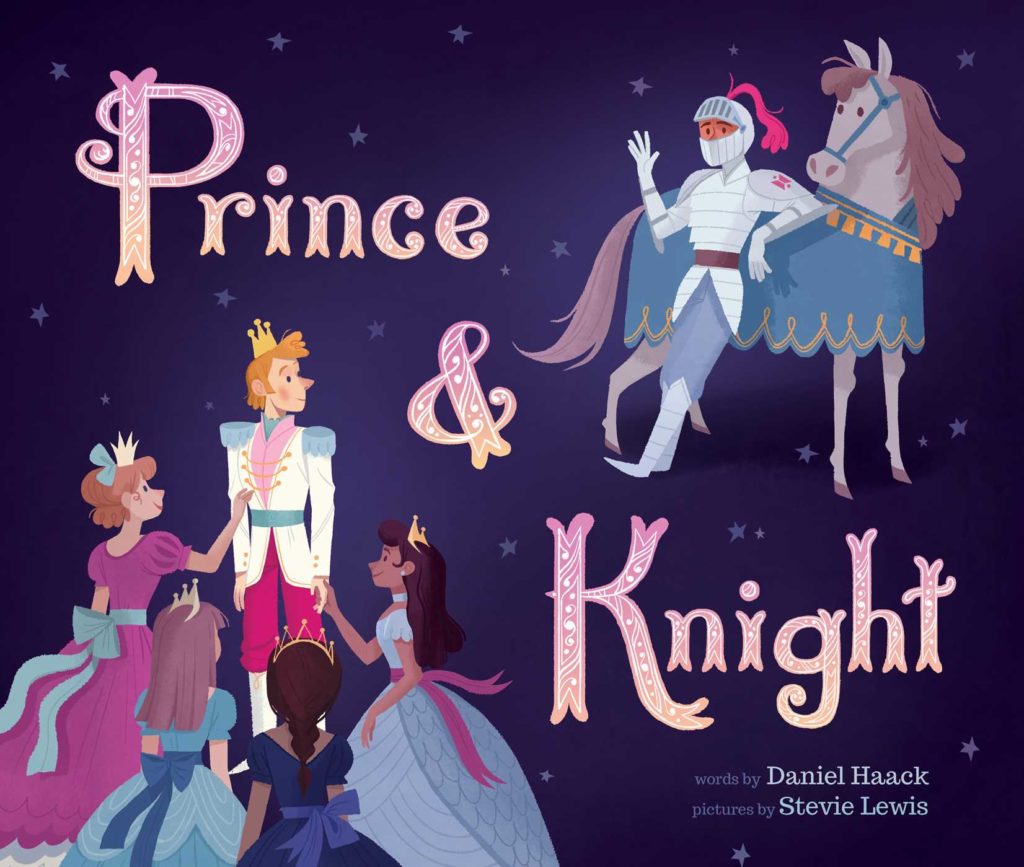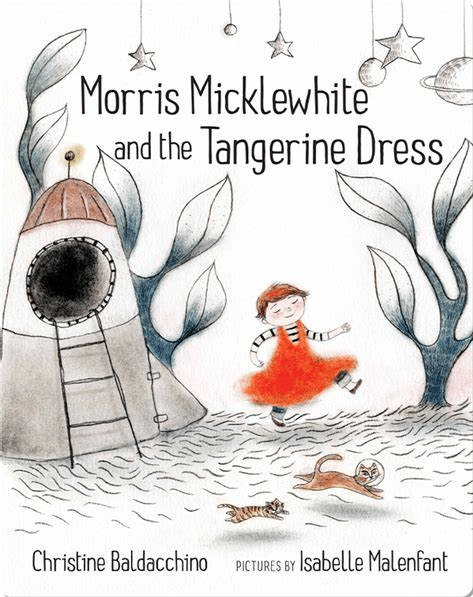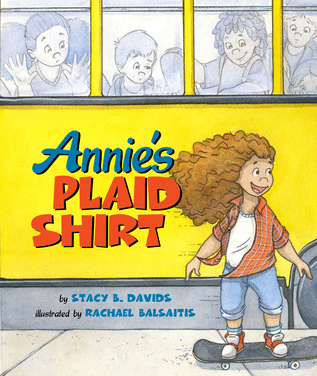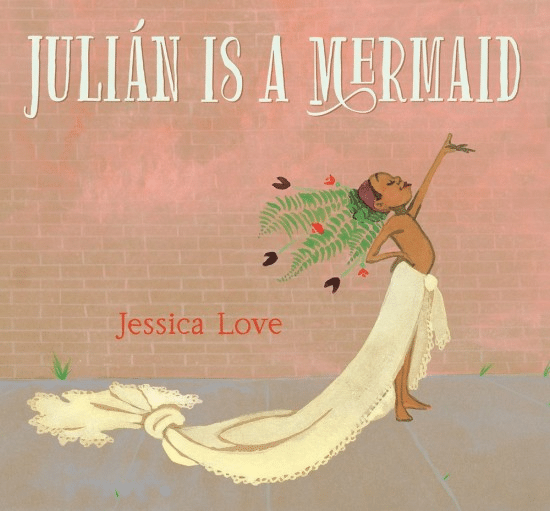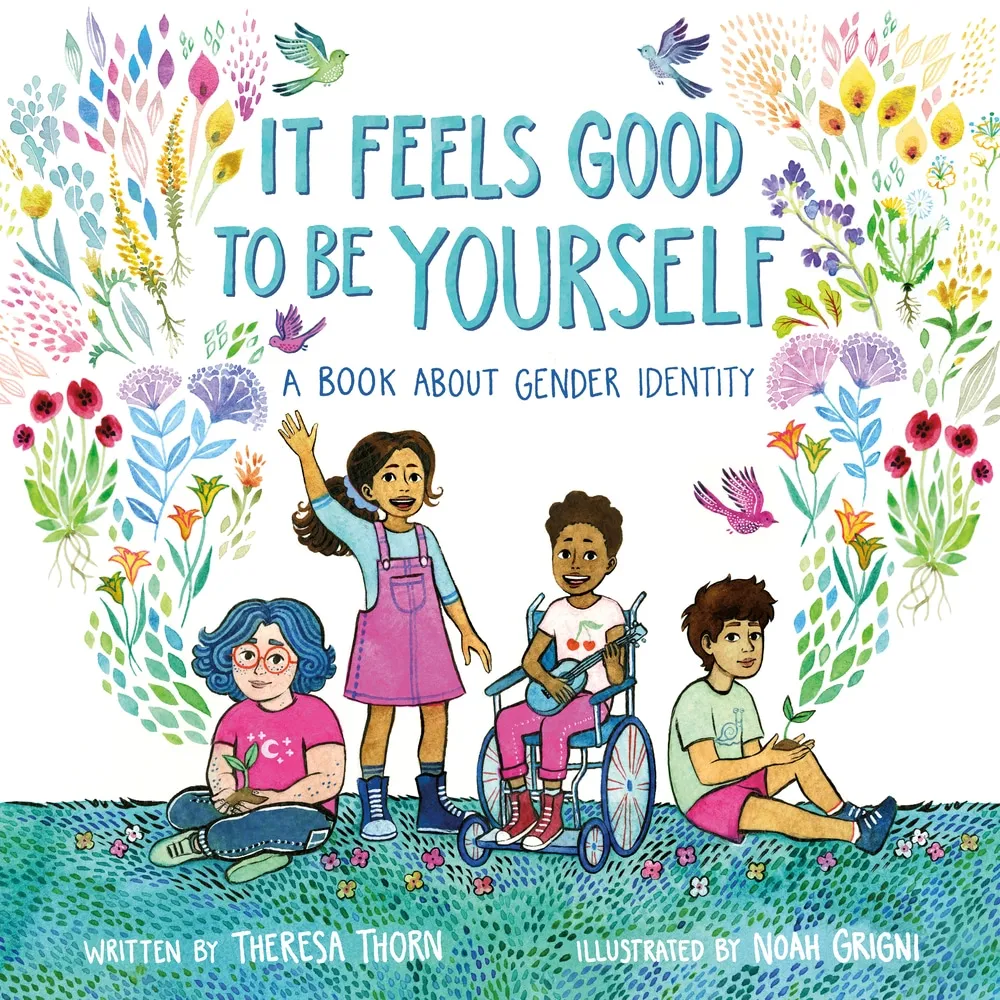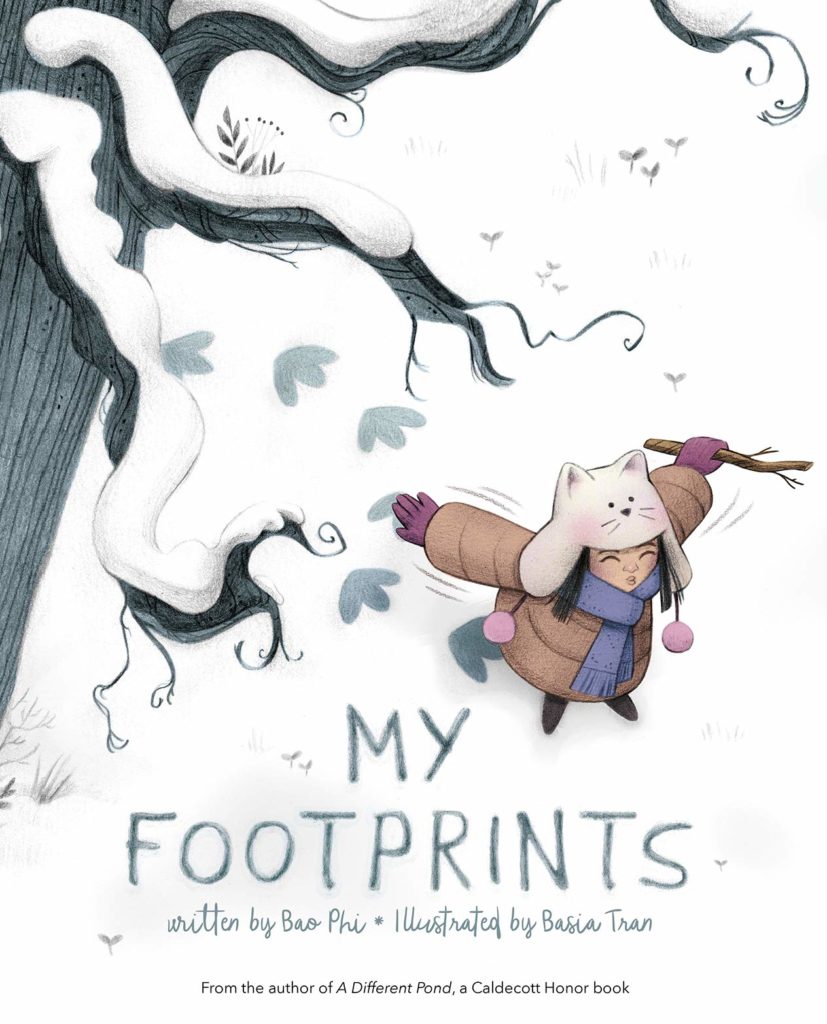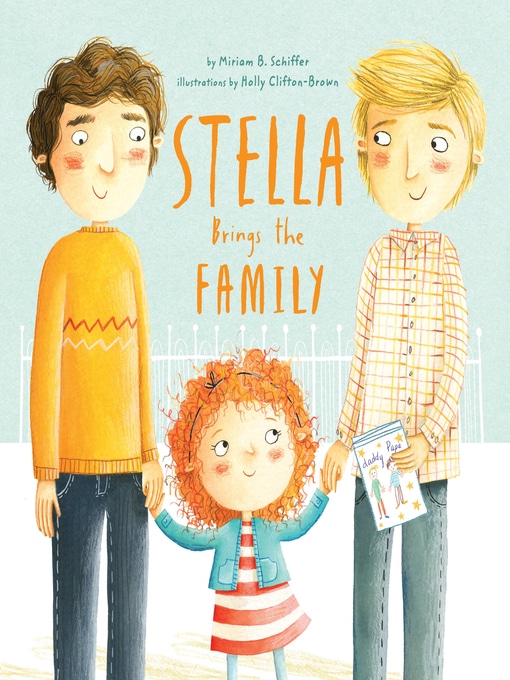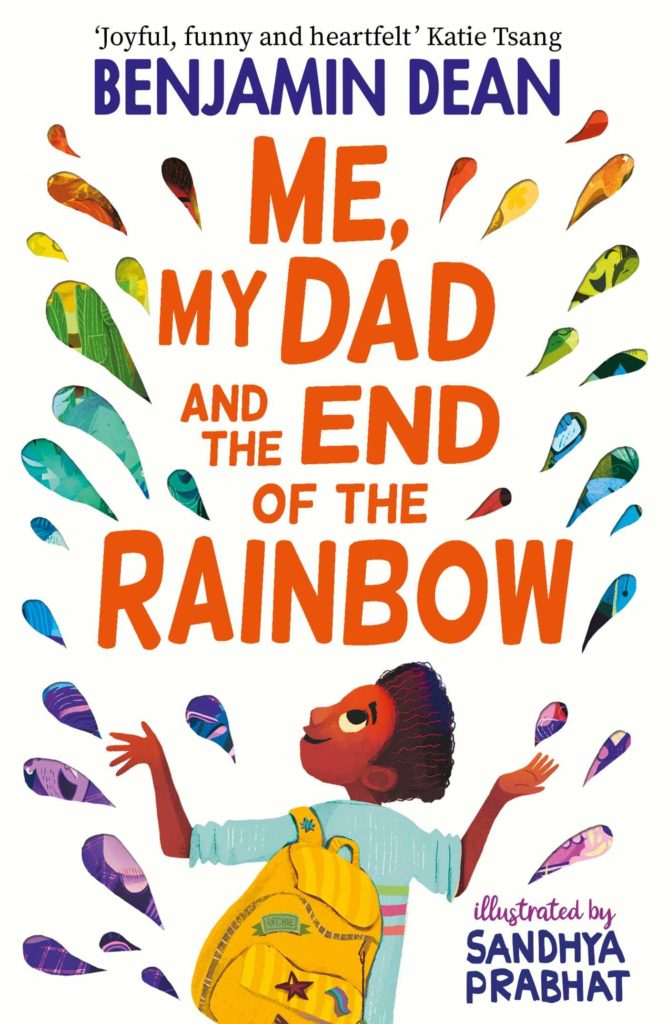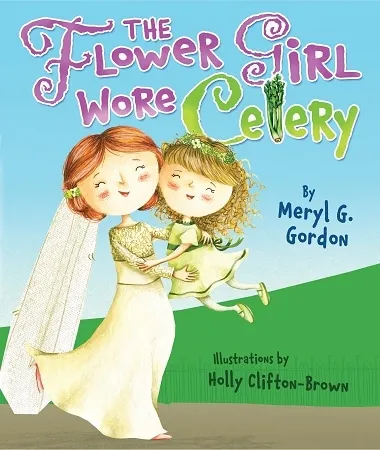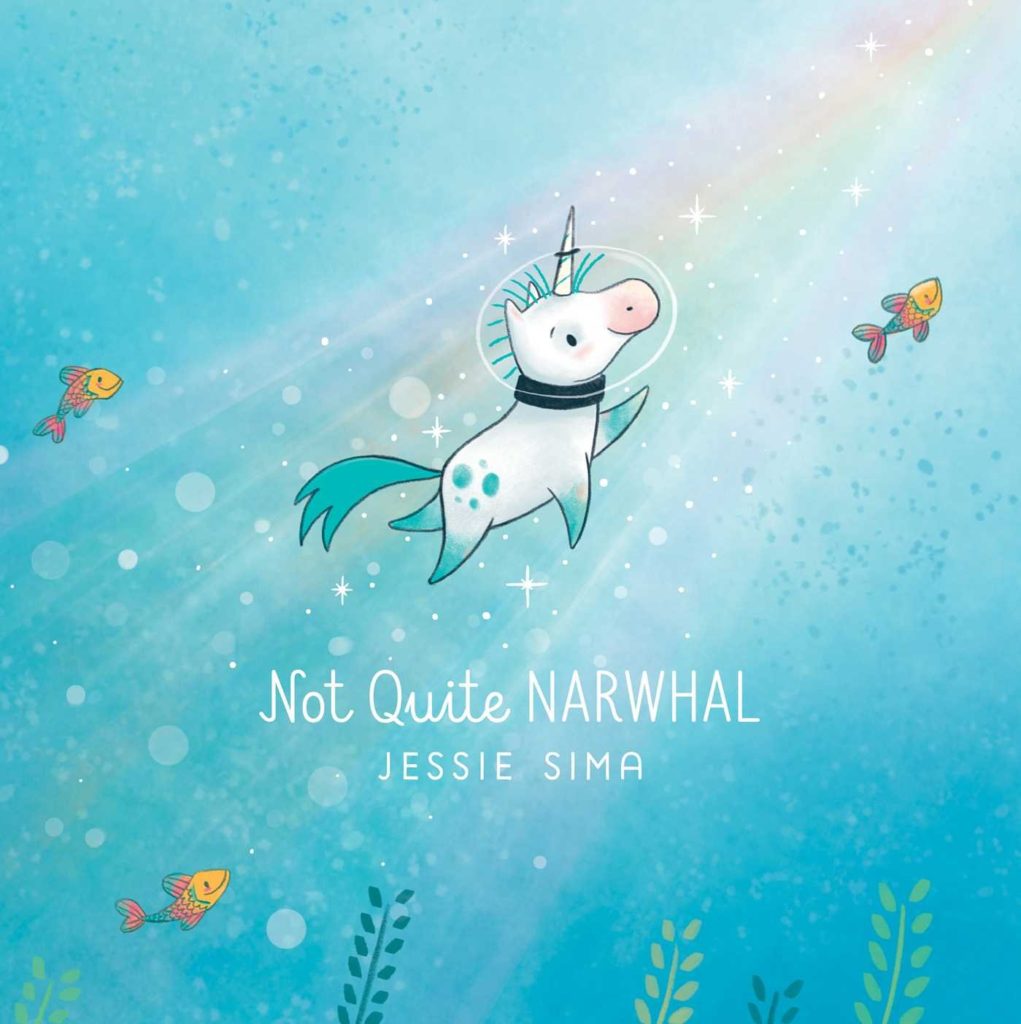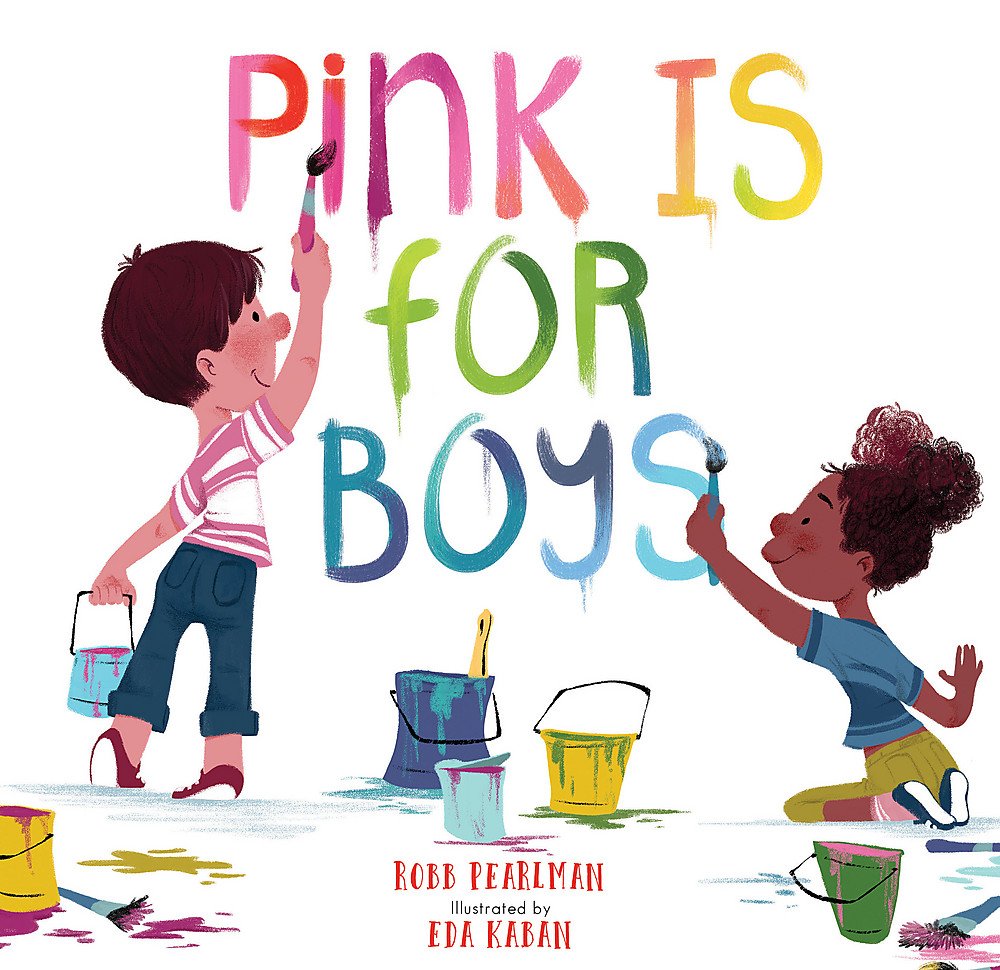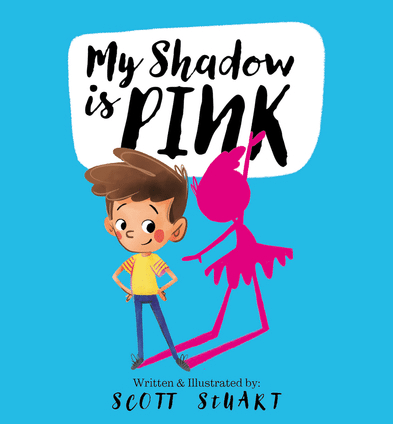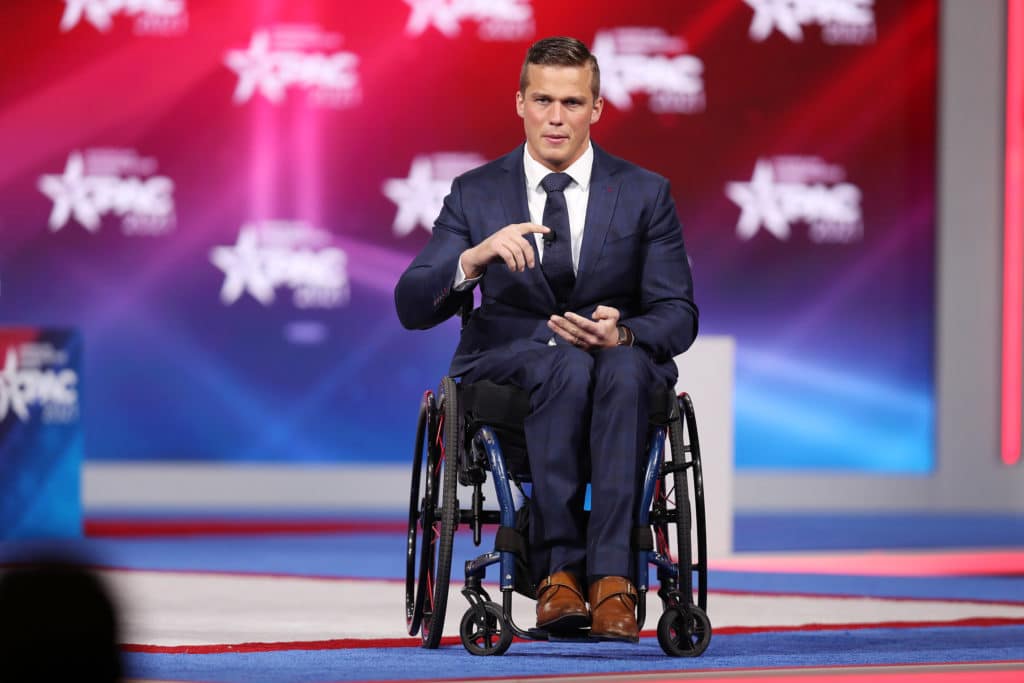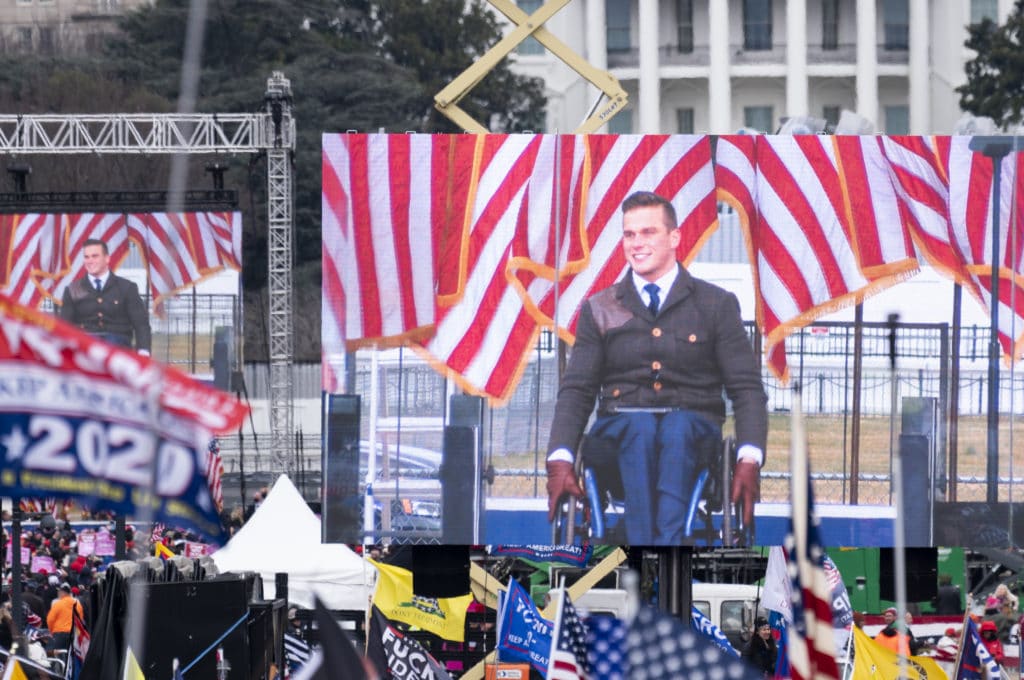WOMEN’S HISTORY MONTH CALENDAR ON REVRY
Monday, March 1, 2021
Addicted To Fresno – Addicted to Fresno is a raunchy, uproarious comedy about co-dependent sisters (Judy Greer, Natasha Lyonne) who work as hotel maids in Fresno, CA. When Shannon jeopardizes her fresh start by accidentally killing a hotel guest after a post-rehab relapse, Martha goes to great lengths to help her sister cover up the crime.
Girl Fight : A Muay Thai Story – For a fighter, winning and losing is everything. Prairie Rugilo recognized that fact and opened her all-female Muay Thai kickboxing gym to inspire and empower women through martial arts. Prairie and her student, DeAna must overcome their personal demons through the support of their teammates and loved ones to become the champions they were meant to be, embarking on a journey that takes them down roads they did not expect.
Political Animals – Political Animals celebrates the legendary civil rights victories of four trailblazing California state politicians: Carole Migden, Sheila Keuhl, Jackie Goldberg, and Christine Kehoe. Fierce and unrelenting, these courageous women toppled a partisan majority and emerged victors to pass historic legislation for social justice and LGBT+ equality.
Tuesday, March 2, 2021
Twenty (OML) – 5pm PT (Episode 1&2) – Twenty follows the story of Maya, her girlfriend Catalina, and her group of eclectic friends as they navigate careers, love, and life in their early twenties. With two seasons under their belt, a streamy award nomination, Twenty examines the comedic complexities of interpersonal relationships, focusing on the stories of women and more specifically, LGBT women who are often inaccurately represented in the limelight.
Friday, March 5, 2021
Same Same – Meeting through a social networking app, three women from very different backgrounds navigate life, love and the complexities of the modern queer experience.
Wild Animal – Wild Animal is Melanie Vesey’s debut comedy special and album. Blessed with some wild times, Melanie talks about her life after being shot by her cop x-girlfriend, having a baby with a Project Runway winner, getting gay married and raising a human son despite herself being a Wild Animal.
Loss prevention – When an old-school bar owner and his unruly daughter get caught up in a cat-and-mouse game of corporate espionage, it will take brains, brawn and help from the lesser of two evils to make it out alive.
Monday, March 8, 2021 – International Women’s Day
Carly Usdin: “Ru Girl” – Debut music video for “RuPaul’s Drag Race” season 5 finalist, drag superstar Alaska Thunderfuck, directed and edited by Carly Usdin with cinematography by Robin Roemer. Inspired by some iconic music videos of the 90s, including “Justify My Love,” and “My Name Is.”
Gay Mean Girls – Gay Mean Girls is a Canadian coming-of-age series that follows prom committee member Lucy Ching as she seeks to understand her sexuality, charm her best friend Miranda, and fit in with the gay community. Based on a viral short film that earned over 3.5 million hits on YouTube, the project was written and directed by queer women of colour.
My Pride: The Series – My Pride is a dark fantasy web-series following a disabled lioness named Nothing. Injured as a cub and unable to demonstrate her hunting abilities, her name is a cruel reminder of what she lacks. Nothing’s life is changed forever when she’s forced out of her Pride and must survive on her own, and in doing so, discover her own special connection with her Goddesses, and learn how to heal her broken world.
Almost Adults – A platonic love story between two best friends, Cassie and Mackenzie, in their final year of college as they transition into adulthood. Mackenzie, recently out, embraces her sexuality and tries to catch up on everything she has missed during her teenage years, while Cassie ends a long term relationship with her boyfriend and discovers her life isn’t going as planned. Both struggle to keep their friendship together as they begin growing apart.
Lip Service – “Lip Service” explores the lives, loves, & lusts of lipstick lesbians in Scotland.
Septo – What happens when you realize your dreams are no longer your own? Promising triathlete, Jessica has trained her entire life and finally has a shot at the Olympics. When she meets Lua, the mysterious and confident surf instructor, Jessica realizes just how trapped she feels by her own life and her controlling father. Explore this story of love, ambition and drama in Revry’s Original Series, SEPTO.
Tuesday, March 9, 2021
Twenty (OML) – 5pm PT (Episode 3&4)
Wednesday, March 10, 2021 – Women’s Health AIDS Awareness Day
Our Love Story – Yoon-ju is a graduate student of fine arts and is working on her graduation exhibition. One day, while she is searching for materials for her project, she runs into Ji-soo at a junk shop. Watching Ji-soo in an odd place, Yoon-ju finds herself drawn to her. After their initial encounter, Yoon-ju once again runs into Ji-soo at a convenience store, and the two eventually start dating. Never having enjoyed dating men, Yoon-ju finds Ji-soo fascinating and becomes completely infatuated with her.
Submission Possible – In this Revry Original, Madison Young delves deep into sex magic rituals, herbal aphrodisiacs, cemeteries, sexy seances and spectrophilia in the hauntingly sexy city of New Orleans.
Akagire – Teenager Satsuki feels desolate. Loving her girlfriend Jun is so natural to Satsuki, but even her mother thinks that her daughter’s love for her girlfriend is “not normal.” Dating a woman but also having a relationship with a man, Satsuki’s sexuality is swaying.
2 In The Bush: A Love Story – Emily has just been dumped by her girlfriend, kicked out of her apartment, and fired from her job. Her best friend hooks her up with a new gig: personal assistant to a dominatrix. But when Emily falls for her new boss — and her new boss’s boyfriend — she must decide what risks are worth taking for love. 2 In The Bush is an unconventional romantic comedy about dungeons, a fish named Archimedes, and the many forms that love takes.
Thursday, March 11, 2021
Chica & Sun (OML) – 5pm PT (4 episodes) – This hot and hilarious lesbian soap opera takes you on a wild ride through the mixed up love lives of a group of sexy Madrid lesbians including the unbelievably gorgeous Spanish TV star Celia Freijeiro. Think: The L Word meets Almodovar.
Monday, March 15, 2021
Convince Me – Convince Me is a series created with Next Gen America to give information about the voting process, so you can feel confident when showing up for the polls this November. Please watch and share. It’s so important for people to see this to understand the voting process, and why it’s so important for us to use our voice for change.
Cameron Esposito: Marriage Material – In her first special, the purveyor of fine jokes, Cameron Esposito, has some harsh truths for you. From the secrets of a women’s locker room to her stance on gun control, she gets real. And, we wouldn’t have it any other way. She’s Marriage Material.
Tuesday, March 16, 2021
Twenty (OML) – 5pm PT (Episode 5&6)
Wednesday, March 17, 2021 – St. Patricks Day
Pot Luck – New Zealand’s first lesbian web series has arrived! Three friends make a pact which turns their weekly potluck dinners into a search for love. Or not. “Pot Luck” serves up contemporary lesbian life in three great flavours: Debs, Beth, and Mel, as they negotiate friendship, family, and finding love at their weekly potluck dinners. Set in Wellington, this original comedy web series is fun, sexy, and occasionally ridiculous.
Lez Bomb – From executive producer, Bobby Farrelly (There’s Something About Mary), comes a new holiday comedy about a young woman (Writer-Director, Jenna Laurenzo) who comes home for Thanksgiving with some life changing news. Little does she know, the eccentric cast of characters that make up her extended family have their own stirring surprises. The result is a hilarious series of events forcing the family to come together in what amounts to the most unceremonious of holidays. As it turns out, there is no good time to drop the Lez Bomb.
Thursday, March 18, 2021
Chica & Sun (OML) – 5pm PT (4 episodes)
Saturday, March 20, 2021 – National Happiness Day
Seeking Dolly Parton – When Charlie (Kacey Barnfield) and her partner Cerina (Anya Monzikova) decide to have a baby, they go to Cerina’s estranged ex-boyfriend Josh (Michael Worth) to help fill in the “blanks”. But when old feelings return to the surface, the new feelings are not coming in without a fight. This unique threesome must each confront their own “closeted” emotions before allowing a new light to shine into all their lives.
Margaret Cho: Psycho – Comedian Margaret Cho performs in front of a live audience in this provocative and hilarious comedy special event, tackling off-limits issues from Boko Haram to female empowerment with her razor sharp insight and wit.
Happy Playland – Billie Haare, an anxious actress caught between her passion for stage and her parents’ dreams of the silver screens, starts a new job at a desolate indoor playground, managed by wannabe-insta-star Cris. Billie quickly develops feelings for social justice warrior, Zara, who is sadly 23 and not looking for anything serious. After a passionate moment in the ball pit, Billie and Zara both begin to question what they want. But the playland is soon to be closed – and Billie’s anxiety can only handle so much. Cris decides to intervene. Can Billie woo Zara into forever and always? Will anyone ned up happy? Will Cris’ trip to Queenstown increase her followers? Only time will tell, in the place where dreams come true, Happy Playland, The Wellington branch.
Sunday, March 21, 2021
The Filth – Stella, a bisexual plumber by day and go-go dancer by night, leans into her burgeoning romance with Jocelyn, a little person, while battling debilitating anxiety; meanwhile, Max juggles a stunted acting career and grapples with his unrequited love for his questionably straight roommate, Danny. Max and Stella’s lives get even more tangled when their colorful cast of friends and frenemies involve themselves in the besties’ issues, muddling the lines between friendship and romance.
Madison Rose – Madison Rose is an artist ready to make an unforgettable debut. Vocally rooted in R&B, Madison Rose effortlessly weaves electronic/pop influences and bold bass lines into her music. With a big heart and even bigger voice, she is able to balance her strength and femininity effortlessly, celebrating the power of womanhood through her music.
Tuesday, March 23, 2021
Twenty (OML) – 5pm PT (Episode 7&8)
Wednesday, March 24, 2021
Girl Knight – Isabel, a fiery redhead armed with a sword and donning an armored helmet everywhere she goes, meets Delilah, an equally disillusioned goth girl, one day in detention at school. The two girls find strength in each other, share a first kiss in a graveyard, and defy controlling family members that try and stand in the way of their newly discovered love.
Mila Jam – Mila Jam is an NYC-based transgender YouTube Sensation turned pop recording artist. She is best known for her one of a kind music videos and unforgettable stage performances. She has toured internationally with the Broadway musical “RENT;” performed alongside James Brown, Mark Ronson, Laverne Cox, Travis Wall, Jody Watley, Lady Kier (Deee-Lite) and Natasha Bedingfield. TV appearances include the BBC’s “The Lilly Allen Show,” MTV and MTV News. Mila was named Odyssey Nightlife Awards Breakthrough Artist in 2015, and she was awarded Best Video and Dance Artist at the 2013 GLAM Nightlife Awards. She is host of the original YouTube Talk Show Series, “I’m From Driftwood.”
Kappa Force – A campy superhero satire, Kappa Force is the newest Revry Original series – an intersectional queer take on college rom-coms. Welcome to State University, the premier all-american university that has everything: greek life, Division 1 sports, five kick ass sorority sisters doubling as a masked crime fighting unit keeping the campus safe from evil, and a Chipotle. This fully-formed fantasy comes complete with pop parodies of the Spice Girls, Justin Beiber, Paula Cole, Third Eye Blind and tongue-in-cheek nods to queer history.
Friday, March 26, 2021
Easy Abby – Sleeping with women comes easy to Abby. Dealing with her personal life? Not so much. Follow Abby through her trials and tribulations in the Revry Original Series.
For My Wife – A feature documentary chronicling the making of an activist. After the tragic death of her wife, Charlene Strong was thrust into the spotlight becoming a powerful voice for the equal rights of same-sex couples and their families.
Tiny Laughs – When a queer Latina architect meets a struggling Asian comic at an improv class, their instant sparks sends them on a humorous and heartwarming journey through the city of dreams.
Saturday, March 27, 2021
Renee and the Seven Cards (OML) – 5pm PT (all episodes) – With mystery like Russian Doll, characters like Fleabag, and a dysfunctional romance like Feel Good, Renée centers on a controlling bisexual fitness fanatic who must track down her missing psychic to understand an ominous tarot card reading that predicts her death.
Monday, March 29, 2021
The Rise of Eve – An intense examination of misogyny and sexism around the world explored through news, music, social media, personal accounts, group discussions and heated debates.
Gaze of the Beholder – Beauty lacks a clear standard, yet most of us seem to know it when we encounter it. This documentary explores our shared dance with beauty, body image and sexuality through intimate and often humorous conversations.
Tuesday, March 30, 2021
Twenty (OML) – 5pm PT (Episode 9&10)
Wednesday, March 31 – Transgender Day of Visibility
Her Story – Her Story is about two trans women in Los Angeles who have given up on love, when chance encounters give them hope. Violet is drawn to Allie, a reporter who approaches her for an interview. Career-driven Paige meets James, the first man she’s considered opening up to in years. Will they risk letting what they are stand in the way of being loved for who they are? This is a story of complex characters who laugh, struggle, and grow, who share strength in sisterhood, who seek and find love. Her Story depicts the unique, complicated, and very human women we see in queer communities, and explores how these women navigate the intersections of label identity and love.
Girl-Hearted – It’s quite plain to 7 year old Nori: She is a girl, because she has a girl’s heart. But her body is that of a boy… Five years ago: Each and every day mother and son argue about what appears trivial: the colours of pants and shirts suddenly matter, soon all he agrees to wear are skirts and dresses, he likes to put barrettes in his still short hair. The neighbours start gossiping. Then one day, the boy reveals his favourite dream to his mum. A wizard will turn his penis into a vagina so he could be a “real” girl … It’s that day something comes to an end. It’s that day Josephin realises that she doesn’t have a son, that he had never existed – but that there is still a kid, a daughter. It becomes clear to her that she will have to break new ground to see her daughter grow up happily.
Missed Connections – Two strangers meet and form a bond at a festival, but they forget to exchange contact info. As they search for one another and through viral posts, they navigate their careers, lives, and society’s expectations of them as Black, female, and transgender.
Onnaninaru – Miyu has dreamed of becoming a female since early childhood and undergoes the longed-for sex reassignment surgery to be able to live in society as a woman. The documentary depicts sincere discussions with family, honest talks with friends, attitude transformations amongst university faculty, the clinical psychologist’s concerns, and the resolve of the doctor. Touching humanity comes to the forefront through the six months’ coverage of Miyu’s life.
My Name Was January – When a trans sister, January Marie Lapuz, is brutally murdered in her own home in New Westminster, BC, her community reacts and her friends and other trans women of colour come to share and voice their issues, concerns, and challenges. January was seen as a bright light in the lives of many. This is the story of January, a friend, a daughter, a person. This film will not only bring justice to January, but to all the women who have lost their lives.
Why Can’t I Be Me? Around You – Rusty Tidenberg, drag-racing aficionado, shocked friends and family by coming out as trans. Followed for 8 years by filmmaker Harrod Blank (son of Les Blank), Rusty guides us through the aftermath of her transition. Interwoven with lively tales of gender non-conforming individuals on the art-car circuit, Blank’s film is a sensitive and unpredictable love letter to people who fight to be unapologetically themselves.
Bombshell – Jay, a queer transman, navigates the shark-infested waters of LA’s gay dating scene. He’s young, single, looking for fun, but when the bedroom door closes his private world becomes an arena for cis men and the questions they have. Jay is joined by his chosen family, Selena, his Angeleno best friend, Darlene, the Bostonian Hairdresser, and Penis Mascot, the cartoon caped penis personifying his id.
Our Future – Yu is about 18 when her parents separate and the disorientation 5is compounded by the experience of starting summer school.Yu doesn’t feel very comfortable in her own body; she gets into trouble for wearing tracksuit bottoms to school rather than the regulation skirt. The film follows Yu through that summer, showing her sustaining friendships with the hopeless Yoshiki, a gay boy who’s dyed his hair auburn, and the transwoman dancer Haruka. |





